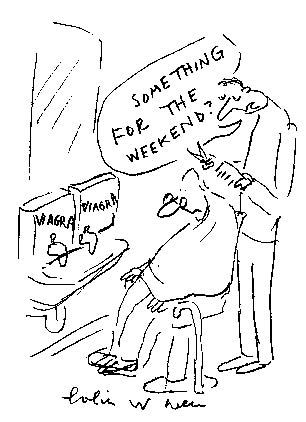It is not unusual to hear older people complain about how little botany is taught in schools these days, a serious deficiency where young would-be gardeners are concerned. As serious, however, is the longstanding general ignorance of entomology, the study of insects. I count myself among the ignorami. From pretty well a standing start, I have spent my gardening life trying to discover more about this enormous, and hugely influential, phylum of the animal kingdom.
Only recently, for example, have I begun even vaguely to understand the biology of Vespidae or social wasps. This is shameful, I know, considering what an impact they have on the garden and those who work or relax in it. My interest was sharpened by an alarming incident of ‘swarming’ in August last year: despite my having hung a number of jam-pot traps, half filled with sugary liquid, in the branches, my greengage and plum trees were infested with noisy, aggressive wasps. It became impossible to pick the crop, so great was the danger of being stung. (And wasp and bee stings provoke a prolonged allergic reaction in me.) To see a ripe greengage go to waste is a terrible thing, since it is the most delicious fruit in the world. At the same time, my husband complained of wasps entering his beehives to rob the honey. For a short period of the summer, they are a menace.
Wasps live in colonial nests, often well concealed underground and impossible to find. They are useful to us in spring, when they pollinate flowers while seeking nectar, and in early summer when they take aphids and other garden pests, as well as carrion, back to the nest to feed the larvae. The young reward the adults by exuding a clear sugary liquid, which the latter consume. Gardeners scarcely see them at all; until, that is, the larvae hatch, the nests break up and wasps go looking for their sugar fix elsewhere, usually in late July or early August. Foraging wasps leave the nest and, if they find a sweet source, they return to communicate the information to their mates. Putting conventional wasp traps in trees catches most of these scouts, but not all. Some escape back to their nest. I used to think I was doing well because my jam jars filled so quickly with dead wasps; the puzzle was that there were still plenty more to eat the fruit. Now I know why.
This year, late frosts substantially diminished my stone fruit crop, but there were still a few plums and damsons, so I bought a new British invention called the WaspBane trap, which the manufacturers claim prevents any wasp scout from escaping. It is an ugly bit of transparent plastic, with a square-shaped bottom chamber, which you half fill with a mix of sweet lager and a ‘food-grade’ powder, provided in the box. (WaspBane is a misleading name, since there is no pesticide or poison involved.) Onto this chamber you attach a cylindrical vapour chamber, sealed at the top, which contains a number of one-way holes; these allow wasps to enter but not exit. You leave the trap untouched for the whole wasp nuisance season.
I placed one in my orchard, downwind of the trees, in mid-July, and picked my plums and damsons without fear in August. A relatively small number of wasps were trapped and drowned, leading me initially to think the trap didn’t work very well. But there was no swarming and no wasps on the fruit.
At about the same time, I made a visit to Alton Towers (to see the Victorian garden, let me be perfectly clear, rather than ride the rollercoasters), where I saw the WaspBane traps used close to the outdoor eating areas, with apparent success. Wasps are a major problem for theme parks, zoos, gardens and other places where food and kiddies are mixed in an outdoor setting. It is said that almost 50,000 people have a substantial allergy to wasp stings. An average of 12 people a year die from anaphylactic shock following wasp stings, and these stings are also implicated in some heart attacks. I am not sure why we are so blithe about all that. The WaspBane trap has been developed by people who are far from blithe, and have bothered to study the life cycle of wasps. I wish I had done so sooner.






Comments